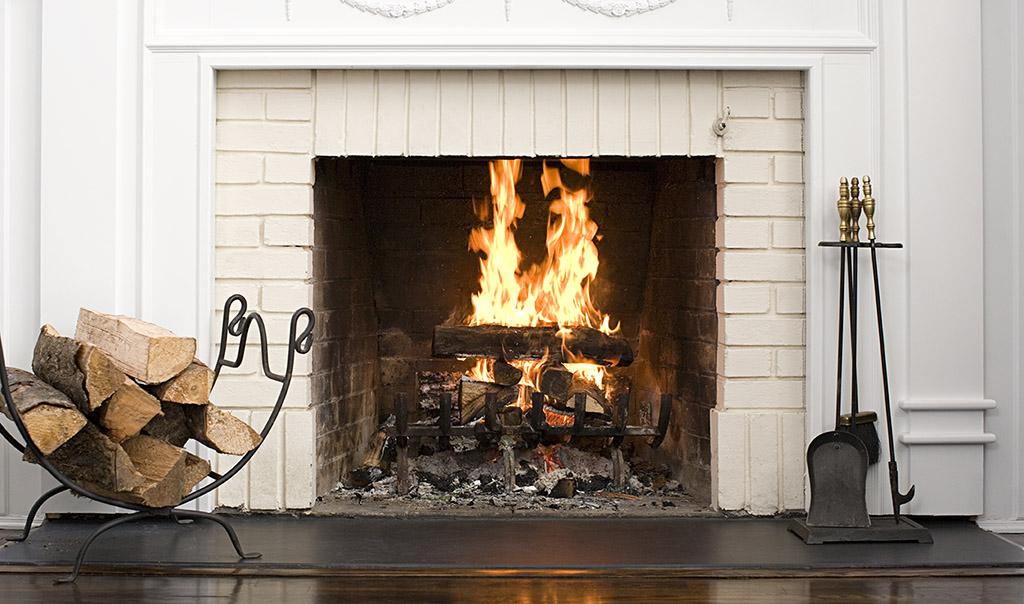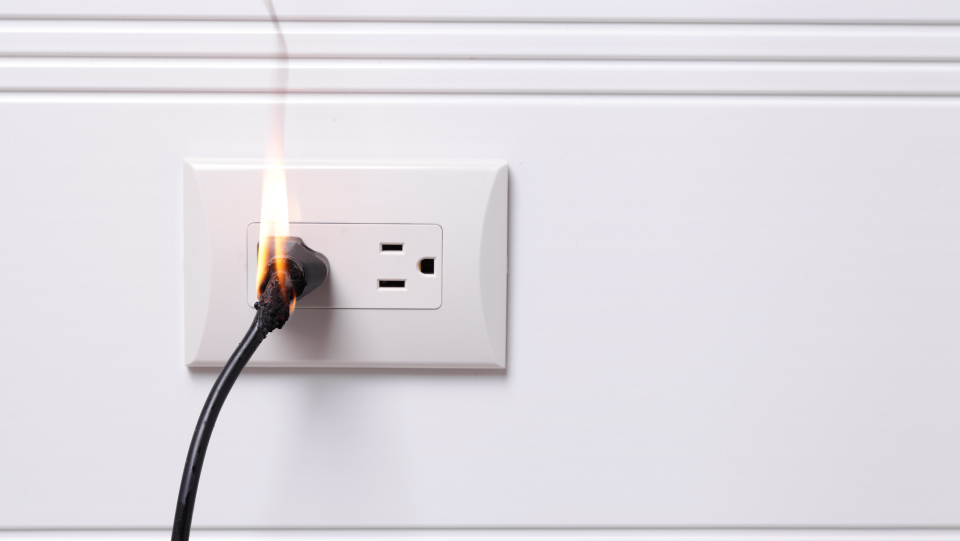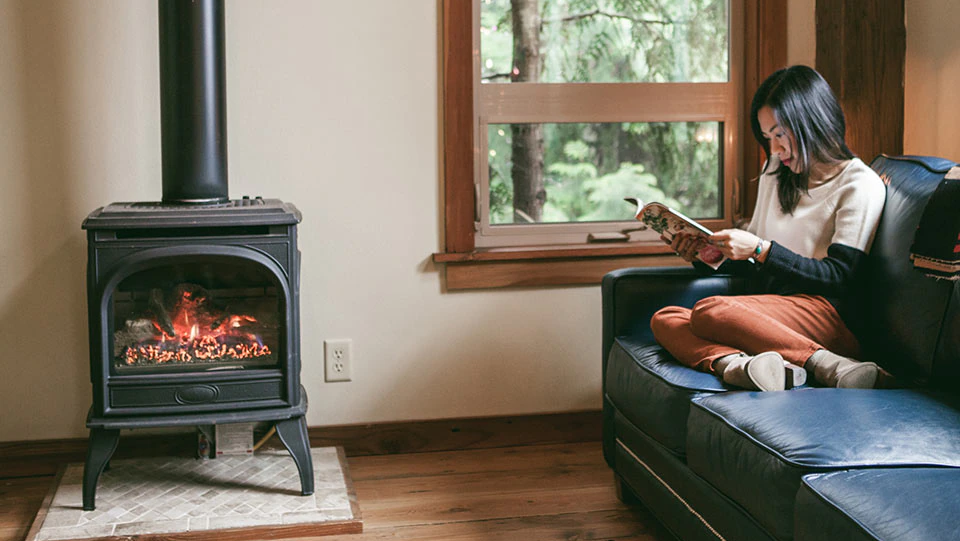Fireplace Safety & Maintenance


When the colder temperatures start to set in, many homeowners turn to their fireplace, wood or pellet stoves as an additional heat source. While fireplaces can provide warmth and comfort, they require care and maintenance to operate safely. Keep in mind the following precautions to help ensure a safe winter season.
Keep Your Chimney, Fireplaces and Wood Stoves Clean
- Have your chimney, fireplace, wood or pellet stove inspected and cleaned by a licensed chimney specialist, to help ensure they are functioning safely and efficiently.1
- Keep the area around the hearth clear of debris, decorations and any other combustible materials.2
- If you have a wood burning, insert or pellet stove, refer to the manufacturer’s instructions for additional guidance related to operation and venting.
Keep Fires Burning Safely
- Make sure the damper is open before lighting a fire so the fireplace will vent properly. Do not close your damper until you are sure the fire is out.
- When starting a fire, only use a match or commercial firelighter. Never use flammable liquids to start a fire.
- Keep fireplace glass doors open while burning a fire. This allows the fire to receive enough air for complete combustion and to help reduce creosote build-up in the chimney. Creosote is a substance that derives from incomplete combustion.3
- Keep metal mesh screens closed whenever your fireplace is in use to help keep embers in the fireplace.
- Only use dry wood in your fireplace. Wet wood can increase the build-up of creosote, which can lead to chimney fires. Select wood – preferably hard wood – that has been seasoned six months to a year.4
- Do not burn plastic: it can release toxic chemicals and cause damage to your chimney, fireplace or wood stove.
- Never burn a Christmas tree in your fireplace, as the sparks from burning needles can increase the risk for a chimney fire. Also, do not burn cardboard boxes, wrapping paper or trash in your fireplace.
- Never leave a fire in a fireplace unattended. Before leaving the house or going to bed, make certain to fully extinguish the fire.
- Allow ashes to cool completely before disposing of them and note that ashes can take several days to cool completely. Never empty ashes directly into a trash can. Instead, place ashes in a covered metal container located at least 10 feet away from your home and any other building.
Best Practices for Firewood and Your Chimney Safety
- Stack firewood at least 30 feet away from your home.
- Keep your roof and chimney clear of leaves, pine needles and other debris. Prune trees and branches to keep them away from your chimney.
- Install a chimney cap with a spark arrester to help keep debris, leaves, branches and animals out, and to help prevent burning embers or sparks from escaping and creating a fire hazard.
Install Smoke and Carbon Monoxide Detectors
Take the time to test your smoke and carbon monoxide detectors. A smoke detector is the most effective way to detect smoke from a fire and signal an alarm so that you and your family can get out safely. A carbon monoxide detector can alert you to the buildup of this dangerous odorless and colorless gas. Test the detectors monthly and after you change the batteries to ensure they work properly.
A wood-burning fireplace or stove can add warmth and comfort to your home during colder months, but safety should always be your first priority. Make a habit of keeping your fireplace or stove clean and well maintained. While you’re at it, take the time to review your homeowners insurance to make sure you’ve got appropriate coverage. Talk to your local independent agent or Travelers representative and review your policies today.
Sources
1,2 https://www.iii.org/article/wood-stove-safety
3,4 https://www.csia.org/firewood.html



